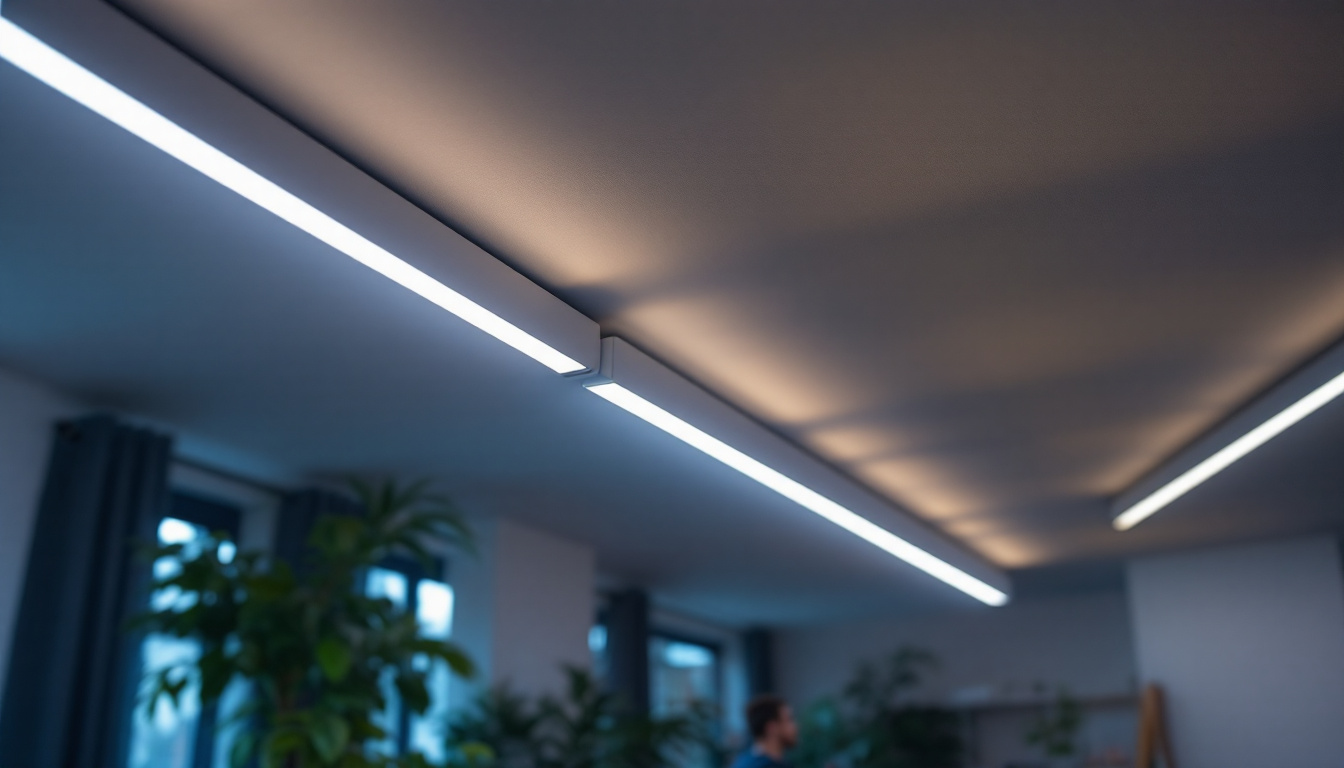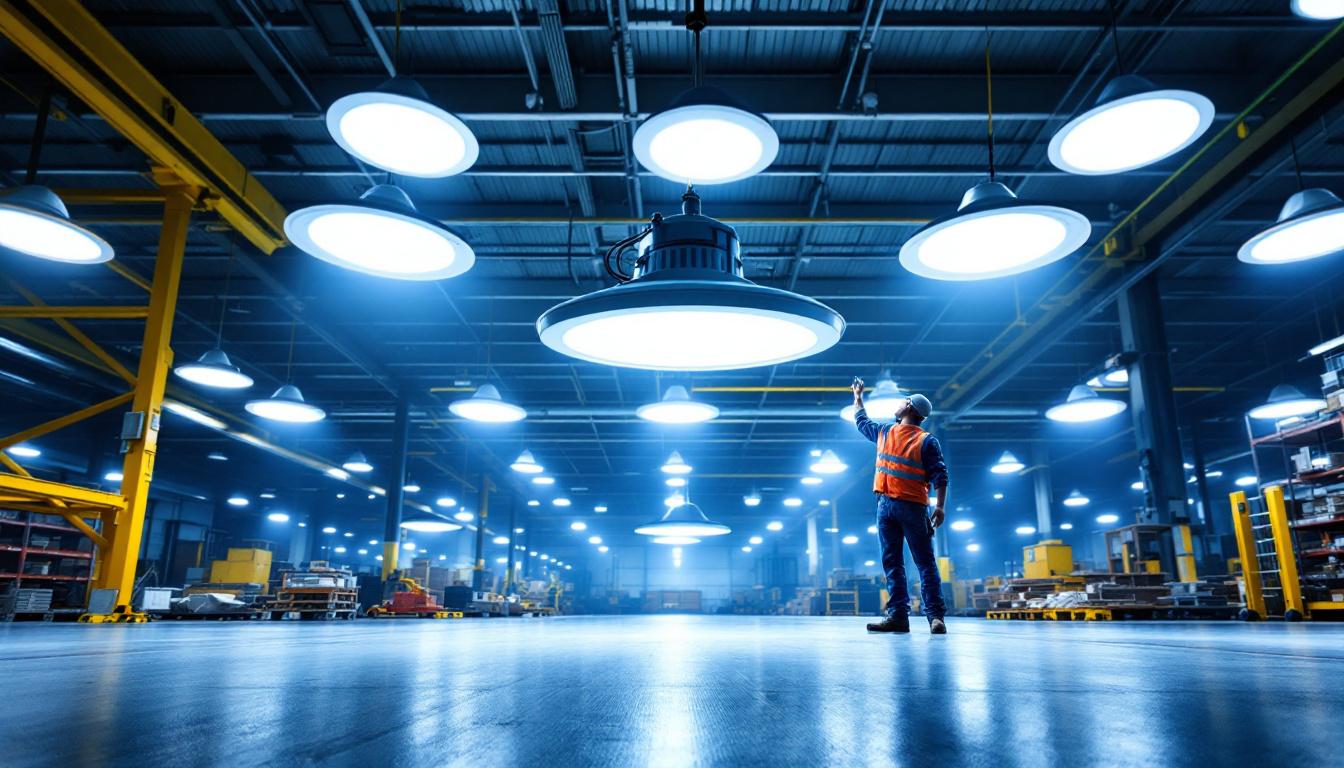
In the realm of electrical installations, particularly in lighting systems, the role of ballasts cannot be overstated. They are essential components that regulate the current to fluorescent and HID lamps, ensuring optimal performance and longevity. However, lighting contractors often face various challenges associated with ballasts. Understanding these issues and their solutions can significantly enhance the quality of installations, reduce callbacks, and improve client satisfaction.
Before delving into the common issues that arise with ballasts, it is crucial to understand what they are and how they function. A ballast acts as a stabilizing force within a lighting system, providing the necessary voltage to start the lamp and regulating the current throughout its operation. By controlling the electrical flow, ballasts ensure that lamps operate efficiently and safely, preventing damage from overcurrent situations. This fundamental role makes them essential components in various lighting applications, from residential to commercial settings.
There are primarily two types of ballasts: magnetic and electronic. Magnetic ballasts are traditional and tend to be heavier, while electronic ballasts are lighter, more energy-efficient, and offer better performance. Each type has its own set of advantages and disadvantages, influencing the choice of ballast based on the specific application. For instance, magnetic ballasts are often favored in environments where durability is paramount, as they can withstand harsher conditions. In contrast, electronic ballasts provide benefits such as reduced noise levels and the ability to operate lamps at a wider range of temperatures, making them ideal for modern lighting solutions.
Selecting the right ballast for a lighting project is critical. The wrong choice can lead to flickering lights, reduced energy efficiency, and even lamp failure. Contractors must consider factors such as the type of lamp, wattage, and the specific requirements of the installation environment. Ensuring compatibility between the ballast and the lamp is paramount to achieving optimal performance. Additionally, the choice of ballast can impact the overall lifespan of the lighting system. For example, using an incompatible ballast may not only shorten the life of the lamp but could also lead to increased maintenance costs and downtime, which are significant considerations in commercial applications where consistent lighting is essential.
Furthermore, advancements in technology have led to the development of smart ballasts that can communicate with building management systems. These ballasts can adjust lighting levels based on occupancy or daylight availability, further enhancing energy efficiency and user comfort. As sustainability becomes a more pressing concern, the integration of such intelligent systems is likely to play a pivotal role in future lighting designs. Understanding these innovations can help stakeholders make informed decisions that align with both environmental goals and operational needs.
Despite their importance, ballasts can present various issues that can complicate a lighting contractor’s job. Understanding these common problems can help contractors proactively address them, ensuring smoother installations and happier clients.
One of the most frequent complaints associated with ballasts is flickering lights. This issue can stem from several factors, including an incompatible ballast, poor connections, or even aging components. Flickering can be particularly problematic in commercial settings where consistent lighting is crucial for productivity.
To mitigate this issue, contractors should ensure that they are using the correct ballast for the specific lamp type. Additionally, checking all connections and wiring before installation can help prevent flickering caused by loose or damaged connections. In some cases, flickering may also be exacerbated by environmental factors, such as temperature fluctuations or electrical surges. Therefore, it is advisable to conduct a thorough assessment of the installation environment, as this can provide insights into potential issues that may not be immediately apparent.
Ballasts can overheat due to various reasons, including overloading, poor ventilation, or aging components. An overheating ballast can lead to premature failure, resulting in costly replacements and downtime. It is essential for contractors to consider the thermal management of the ballast during installation.
To avoid overheating, ensure that the ballast is rated for the wattage of the lamp it is powering and that it has adequate ventilation. Regular maintenance checks can also help identify potential overheating issues before they lead to failure. Furthermore, using ballasts with built-in thermal protection can provide an additional layer of safety, automatically shutting down the unit in case of excessive heat. This proactive approach not only extends the lifespan of the ballast but also enhances overall system reliability, reducing the risk of unexpected outages.
As the lighting industry increasingly shifts toward LED technology, compatibility issues between traditional ballasts and LED lamps have become a significant concern. Many older ballasts are not designed to work with LED lights, leading to inefficiencies, flickering, or even complete failure of the lighting system.
Contractors should stay informed about the latest advancements in LED technology and ballast compatibility. Utilizing LED-compatible ballasts or retrofitting existing fixtures can help ensure a seamless transition to energy-efficient lighting solutions. Additionally, understanding the differences between direct replacement LEDs and those requiring ballast bypass can help contractors make informed decisions that best suit their clients’ needs. By educating clients about the benefits of LED upgrades, including energy savings and reduced maintenance costs, contractors can foster stronger relationships and position themselves as trusted advisors in the evolving landscape of lighting technology.
To minimize the likelihood of encountering ballast-related issues, lighting contractors should adopt several best practices throughout the installation process. These practices not only enhance the quality of the work but also build trust with clients.
Before beginning any project, conducting a thorough assessment of the lighting requirements is essential. This includes understanding the specific needs of the space, the types of lamps to be used, and the appropriate ballasts for those lamps. A well-thought-out plan can prevent many common issues associated with ballasts.
In addition, consulting with manufacturers or suppliers can provide valuable insights into the best products for the job. This collaboration can lead to better decision-making and ultimately result in a more successful installation. Furthermore, taking into account the environmental conditions of the installation site, such as temperature fluctuations and humidity levels, can also influence the choice of ballast. Certain ballasts are designed to perform better in specific conditions, and understanding these nuances can further enhance the longevity and reliability of the lighting system.
Implementing quality control measures throughout the installation process can significantly reduce the risk of ballast-related issues. This includes checking all components for compatibility, ensuring proper installation techniques, and conducting thorough testing after installation.
Contractors should also keep detailed records of the products used, including ballast specifications. This documentation can be invaluable for troubleshooting any issues that may arise in the future. Additionally, establishing a checklist for inspections can help ensure that no steps are overlooked during the installation process. Regular audits of completed projects can also provide insights into recurring issues, allowing contractors to refine their practices and improve overall efficiency.
The lighting industry is constantly evolving, with new technologies and techniques emerging regularly. Staying updated on the latest trends, products, and best practices is crucial for lighting contractors. Ongoing education and training can help contractors stay ahead of potential issues and provide the best solutions for their clients.
Participating in workshops, seminars, and industry conferences can provide valuable insights and networking opportunities. Additionally, many manufacturers offer training programs that focus on their products, which can be beneficial for contractors looking to deepen their understanding of ballasts and lighting systems. Engaging with online forums and industry publications can also serve as a resource for learning about innovative solutions and troubleshooting strategies. By fostering a culture of continuous learning, contractors can not only enhance their skill sets but also elevate the overall standards of their work, leading to more satisfied clients and successful projects.
Communication with clients is essential in any lighting project. Addressing concerns about ballasts and their potential issues can help build trust and ensure a smoother installation process. Here are some strategies for effective communication:
Many clients may not fully understand the role of ballasts in their lighting systems. Providing a brief explanation of how ballasts work and their importance can help clients appreciate the value of quality components. This education can also set realistic expectations regarding the performance and maintenance of their lighting systems.
Proactive maintenance can significantly extend the lifespan of lighting systems and reduce the likelihood of ballast-related issues. Offering maintenance solutions or service contracts can reassure clients that their lighting systems will be well cared for, ultimately leading to higher satisfaction and repeat business.
Contractors can also educate clients on simple maintenance tasks they can perform, such as checking for flickering lights or ensuring proper ventilation around ballasts. Empowering clients with knowledge can foster a sense of partnership and trust.
Ballasts play a crucial role in the performance and reliability of lighting systems. By understanding the common issues associated with ballasts and implementing best practices, lighting contractors can avoid many potential pitfalls. Thorough planning, quality control measures, and ongoing education are key components of a successful lighting installation.
Moreover, effective communication with clients about the importance of ballasts and the potential challenges can enhance trust and satisfaction. As the lighting industry continues to evolve, staying informed and adaptable will ensure that contractors remain competitive and capable of delivering high-quality installations.
In the end, the goal is to provide clients with lighting solutions that are not only functional but also efficient and reliable. By prioritizing the quality of ballasts and addressing potential issues proactively, lighting contractors can elevate their services and foster long-lasting relationships with their clients.
Ready to ensure your lighting projects shine with reliability and efficiency? Choose LumenWholesale for your ballast needs and more. Our spec-grade lighting products meet the highest industry standards, providing you with the confidence that you’re installing top-quality components. Say goodbye to inflated markups and hello to unbeatable wholesale prices, with the added convenience of free shipping on bulk orders. Elevate your lighting installations with the perfect blend of quality, affordability, and convenience. Wholesale Lighting at the Best Value is just a click away. Make LumenWholesale your go-to source for all your lighting contractor needs.

Discover how to enhance your home’s lighting efficiency with LED recessed cans.

Discover the transformative benefits of LED tube lighting for your installation projects.

Discover the essential best practices lighting contractors rely on when working with 120V bulbs.

Discover innovative cost-saving strategies with UFO High Bay LED Lights tailored for lighting contractors.